
Why did the chicken join a band?
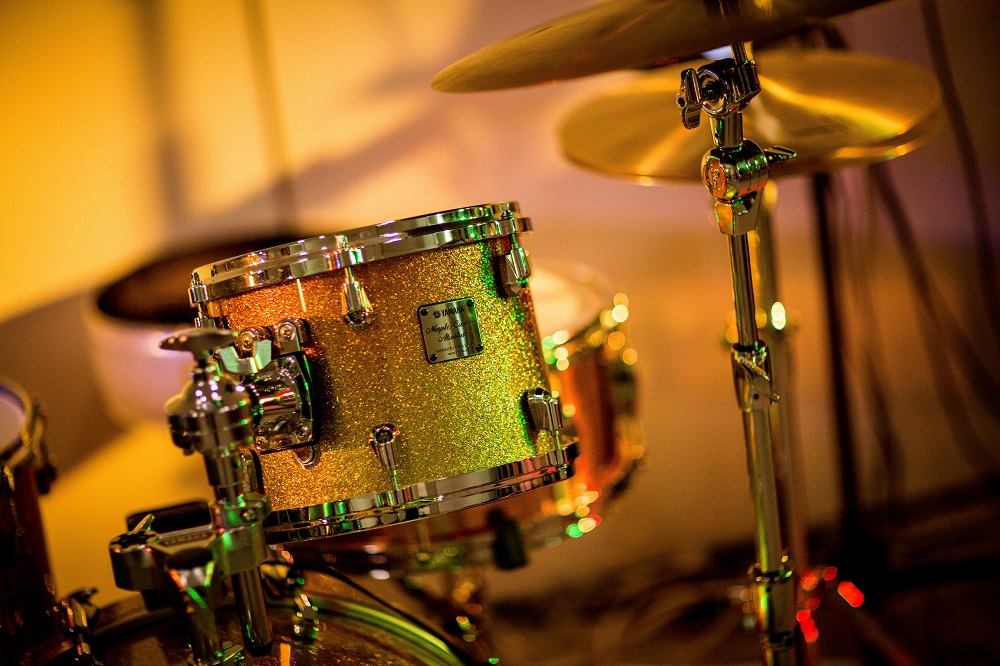
Because it had drumsticks.
Christmas in July may be over… but that isn’t the end of the contest fun!
Next month, Earth Rangers will be hosting another Backyard Biologist photography contest! Don’t remember what happened in last year’s contest? Check out the gorgeous photos taken by our winners.
For this year’s contest, we ask YOU to help pick two of our contest categories. One is about animals, and another landscapes. But what exactly do you want to be photographing for next month’s contest?
Once you’re done voting, all that’s left is to wait until we open the contest! Don’t know what to do in the meantime?
Why not get started with the Backyard Biologist mission?! Accept it today to learn tricks and tips that could be useful for inspiring you in your entries.

We need your help! This animal is trying to tell us something but we can’t figure it out! Do know what these squirrels are saying?

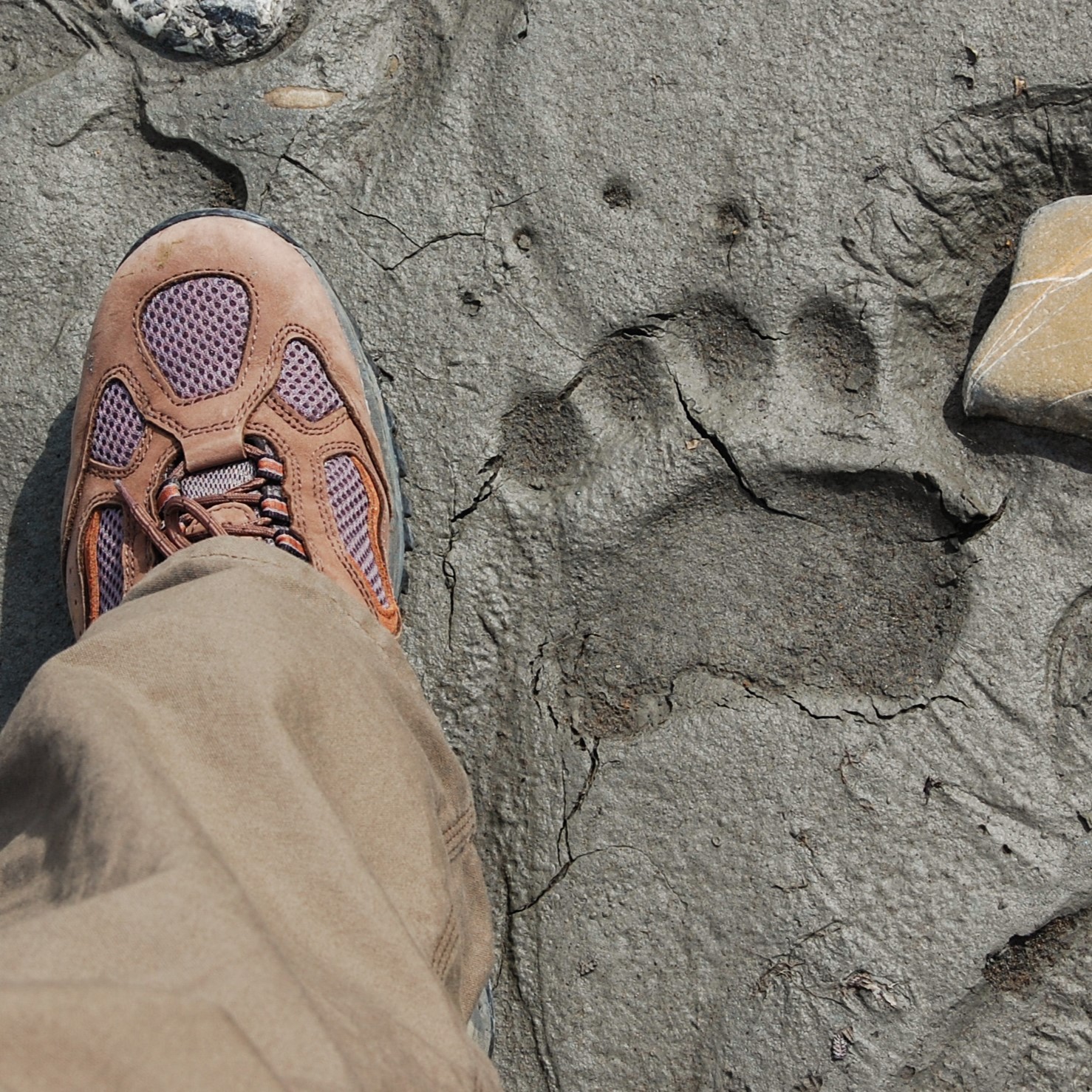
Some of us are better at hiding it than others, but we all leave tracks! Small animals, big ones, we leave a path behind in the dirt. Can you guess which animal belongs to which tracks?
Our 100th Episode Celebration comes to an end! Emma has been kind enough to be interviewed not just once, not just twice…but THREE times by Earth Ranger Nat from Quest for the Best to answer some of YOUR burning questions!
This last interview has a small surprise… today Emma and Nat are joined by two special guests! Ryan and Adelia set some time aside to answer some of the questions a few of you had for them! Are you ready to find out what they had to say?
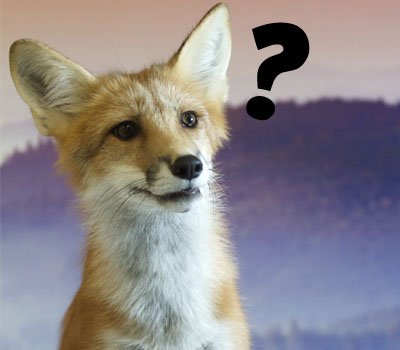
EMMA: “Trail Mix! Trail mix is my go-to snack when I’m out exploring the wilderness! It’s packed with energy from nuts, seeds, and dried fruits, which keeps me fueled up for long hikes and wildlife sightings. I love how convenient and portable it is—perfect for trekking through remote areas where there’s no access to fresh food. Plus, it’s a tasty treat that satisfies my hunger while I’m busy documenting the natural world around me. Trail mix is a must-have for any wildlife adventure!”
EMMA: “Being a podcaster lets me tell amazing stories about animals and how we can help them. I love talking to experts and sharing their adventures with everyone who listens. It’s like taking you on a fun trip to learn about animals and why it’s important to take care of them and their homes. Each episode is a chance to make a big difference and get everyone excited about nature!”
EMMA: “I generally try to post one podcast episode per week, but being a wildlife reporter means I have lots of other important responsibilities too. I’m often out in the field, observing animals, writing articles, and spreading awareness about conservation. So, while I can’t podcast as often as I’d like, I make sure each episode is full of exciting stories and helpful tips for everyone who loves animals and nature like I do.”
EMMA: “When I’m not busy exploring the wild and reporting on amazing animals, I love to have all sorts of fun!
One of my favorite things to do is hiking. I strap on my boots, grab my backpack, and hit the trails! I always bring my trusty camera to snap pictures of all the cool plants and animals I see. Sometimes, I even find secret spots where I can sit quietly and watch the wildlife – like a real-life nature detective!
When I’m at home, I love curling up with a good adventure book or watching awesome wildlife documentaries. They give me great ideas for my next big adventure! To stay fit and relaxed, I practice yoga and meditation. It helps me stay calm and ready for any wild surprises nature might throw my way.”

You love him, you hate him, it’s Ryan!
Seeing Emma’s last two interviews, Ryan reached out to Nat to ask if anyone had questions for him…and you did!
Here’s what he’s got to say:
RYAN: “The most exciting adventure I’ve been on? Oh, please, I’ve had so many “adventures” I can barely keep track. But if I have to pick one, it was probably the time I was on a safari in Africa. I was lounging in the jeep, sipping on a soda, when suddenly a lion roared right next to us. Everyone else was freaking out, but I just rolled my eyes and thought, “Great, now I’ll have to talk about this forever.” It was scary for them, I guess, but for me, it was just another day in the life of a wildlife superstar.”
RYAN: “My favorite rarest animal in the world? Ugh, do I really have to pick just one?”
NAT: “I mean…the listeners did ask? Wouldn’t it be nice to answer them?”
RYAN: “Fine. Let’s go with the Javan Rhino. Why? Because it’s super rare, which means if I talk about it, people will think I know my stuff. Plus, it sounds exotic and impressive, perfect for boosting my fame.”
RYAN: My favorite food? Easy. It’s pizza, of course. I mean, who doesn’t love pizza? It’s quick, it’s tasty, and I can eat it while watching TV or scrolling through my social media. Plus, it’s way better than any of that fancy wildlife food Emma talks about.

NAT: “I’ll answer this for him! After Ryan had a change of heart, he realized how much he could learn from Emma and how important it is to care about wildlife and the environment. They started working together more, and Ryan’s attitude improved a lot. Now, Emma and Ryan are great friends! They support each other, share amazing stories about animals, and have worked as a team to inspire others to protect our planet.
I’ve noticed from checking in with him that Ryan even started picking up some of Emma’s good habits, like being more respectful and hardworking. Emma says it’s made their adventures even more fun and meaningful!”
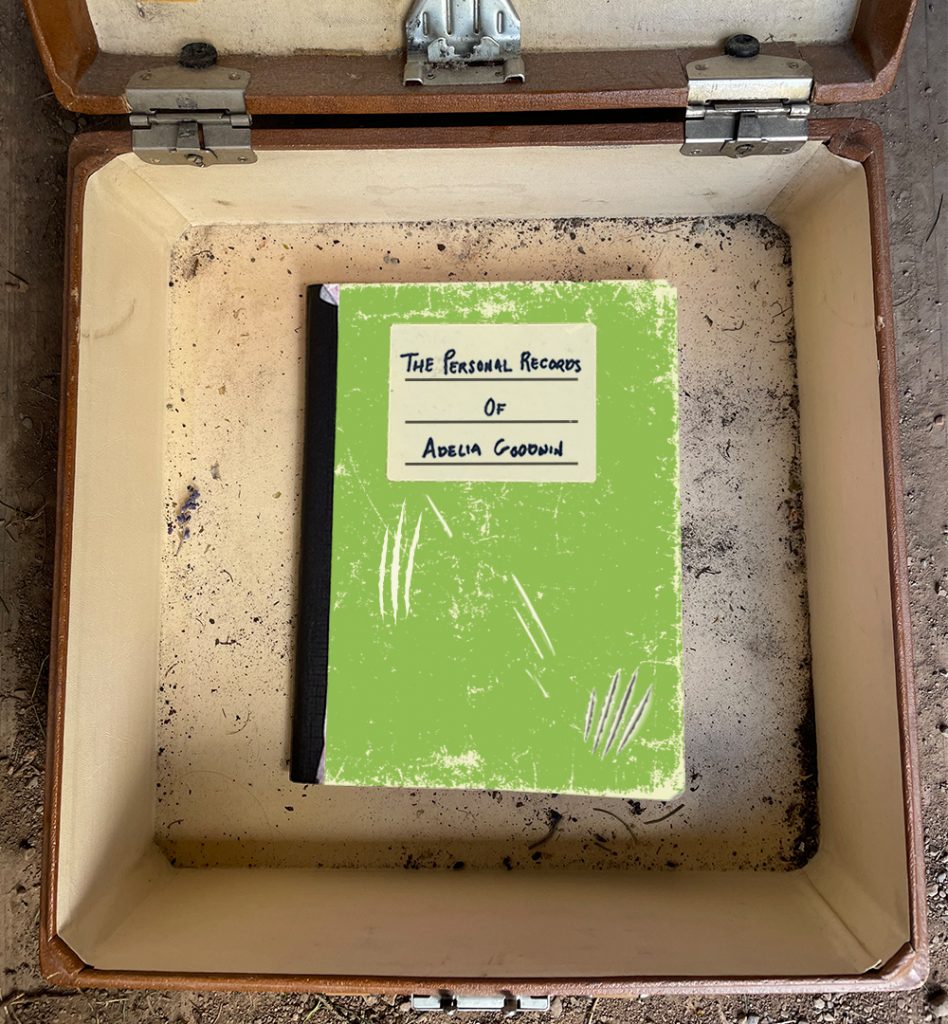
Emma’s connections to the Serpents and Adelia Goodwin mean when some of you had a few questions for our mysterious and elusive conservationist, Nat could easily pass them on! Adelia was more than happy to answer some of them!
ADELIA: “My favorite color is the bright, sunny yellow of a bird called the Golden Pheasant. Yellow reminds me of the vibrant feathers of this beautiful bird, which I once had the joy of seeing in the wild.
Yellow is such a cheerful and warm color. It reminds me of the way the Golden Pheasant’s feathers shine like the sun, bringing light and joy to the forest. Whenever I see the color yellow, I think of that magnificent bird and all the wonderful creatures that add color and beauty to our world.”
ADELIA: “Ah, the rarest animal I’ve ever seen, what a delightful question! I’ve been fortunate to encounter many rare creatures in my time, but the one that stands out the most is the critically endangered vaquita. The vaquita is a small porpoise found only in the northern part of the Gulf of California in Mexico. With fewer than 20 individuals left in the wild, they are one of the rarest marine mammals in the world.
I remember the day vividly. It was a calm and sunny afternoon on the Gulf. We were on a research boat, scanning the waters with binoculars, hoping for a glimpse of this elusive creature. After hours of waiting, there it was – a vaquita surfaced nearby, its distinctive dark rings around its eyes and mouth visible. It was such a brief moment, but seeing this rare and gentle creature took my breath away.
The vaquita’s situation is dire, mostly due to illegal fishing practices that entangle them in nets. Witnessing this precious animal reinforced my commitment to conservation and the urgent need to protect these beautiful and fragile species. Every action we take to help conserve their habitat and prevent illegal fishing can make a big difference in saving these incredible creatures.”
ADELIA: “My favorite rarest animal in the world? Oh my, I must say, the pangolin holds a special place in my heart. Pangolins are fascinating creatures with their unique armor of scales, and they are, sadly, one of the most trafficked animals in the world.
Many years ago, during my travels in Southeast Asia, I had the incredible opportunity to observe a pangolin in the wild. It was a shy and gentle little creature, curling up into a ball when it felt threatened. Watching it move and forage for ants and termites was an enchanting experience.
Pangolins are so rare and special because of their unique adaptations and the crucial role they play in their ecosystems by controlling insect populations.”
ADELIA: “Oh dear, what a lovely question! There have been so many adventures in my long life, but one that stands out happened many years ago. I was in the savannas of Africa. I was there to study a pride of lions, the magnificent kings and queens of the grasslands.
One evening, just as the sun was setting, I decided to follow a lioness who seemed to be on a mission. Quietly and carefully, I trailed her through the tall grass. Suddenly, she stopped and crouched low, her eyes fixed on a herd of wildebeests grazing nearby. I knew I was about to witness something extraordinary.
With incredible speed and grace, the lioness sprang into action, chasing down one of the wildebeests. The power and agility of the lioness were awe-inspiring. She managed to catch her prey and brought it back to her cubs, who were waiting eagerly. It was a reminder of the circle of life and the important role every creature plays in its ecosystem.
Afterward, as the stars twinkled above us, I felt a deep sense of gratitude for being able to witness such an event. It made me realize once more how vital it is to conserve these beautiful creatures and their habitats. The world is full of wonder, and every animal has its own unique story to tell.”

Thank you so much everyone for coming together to celebrate Emma’s 100th Episode and share your questions! We hope you enjoyed the answers as much as Emma and company enjoyed sharing their answers with you!
This is our last interview (for now), but remember to keep on rangin’!
Hey there, Earth Ranger! It’s me, Hugo, the striped skunk. I’m here with my fellow Earth Ranger Animal Ambassador Daisy, stopping by to wish you a very Happy Friendship Day!
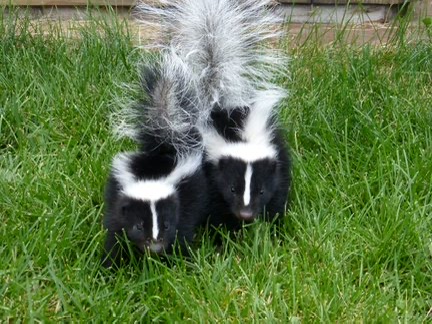
Today is about celebrating the pals who mean a lot to you. Your friends, your teachers, your neighbors, and especially your pets! Daisy and I know you LOVE your furry, feathered, and scaly friends. But, hey, some of us prefer our friendship from afar. So, how can you show us you care on this Friendship Day?
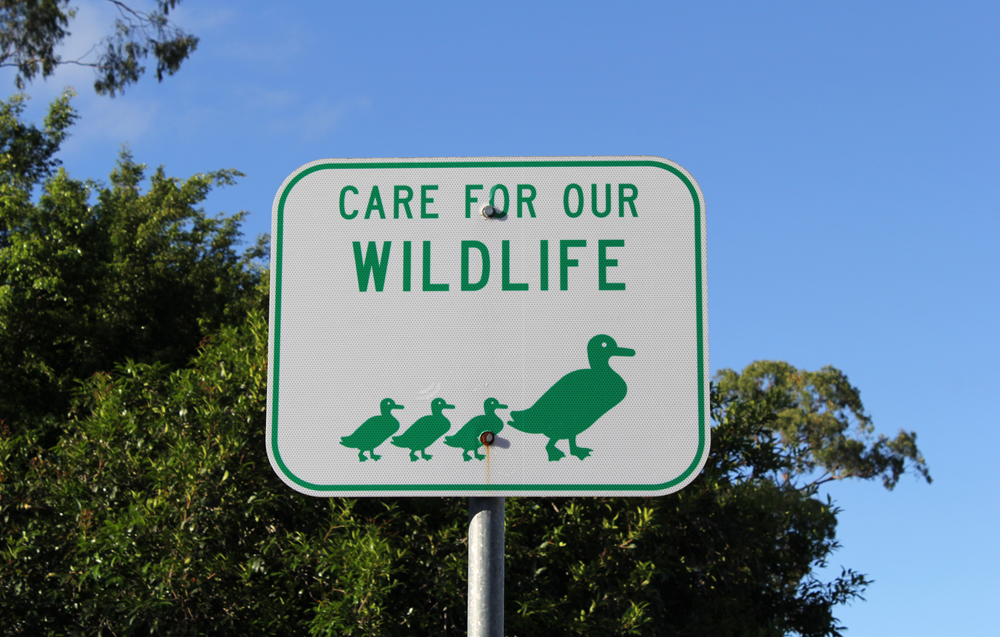
Simple: just RAWR!
Not roar! RAWR!
That stands for Respect Animals While Recycling. Following a few easy rules when you put out your recycling can help keep wild animals like us from digging through your blue bin for food. This can help stop us from getting sick or hurt. When you help keep us safe, you’re being a true friend!
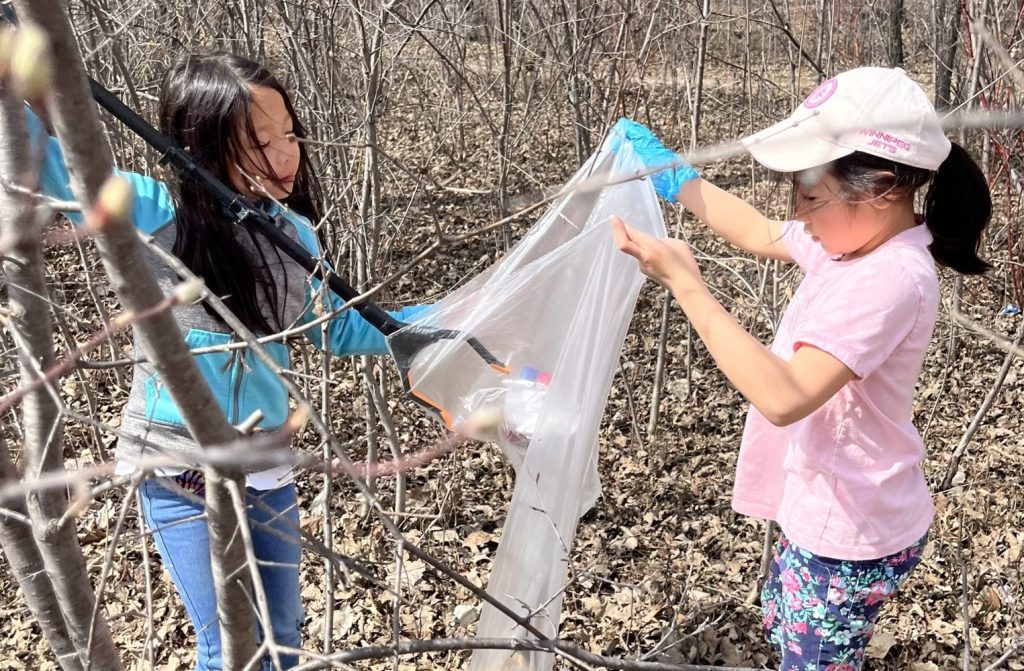
If you’re new to recycling, it can be confusing at first. You might not know where to start. Some plastics can be recycled, but not all. How can you tell which items go in which bin?
There are special tools that can help you recycle. In Manitoba, it’s called “Recyclepedia”. In Toronto, it’s called “TOWaste.” These tools can help you figure out which bin each item should go into. For example, these apps will tell you that books don’t go in the blue bins, but newspapers do! Washed-out pet food tins made from aluminum can be recycled, but aluminum foil should not be.
You can learn a lot by looking up recycling information online or downloading an app like Recyclepedia or TOWaste. If you’re not in Manitoba, British Columbia, or Ontario, ask a grown-up to help you find a similar recycling tool in your province.
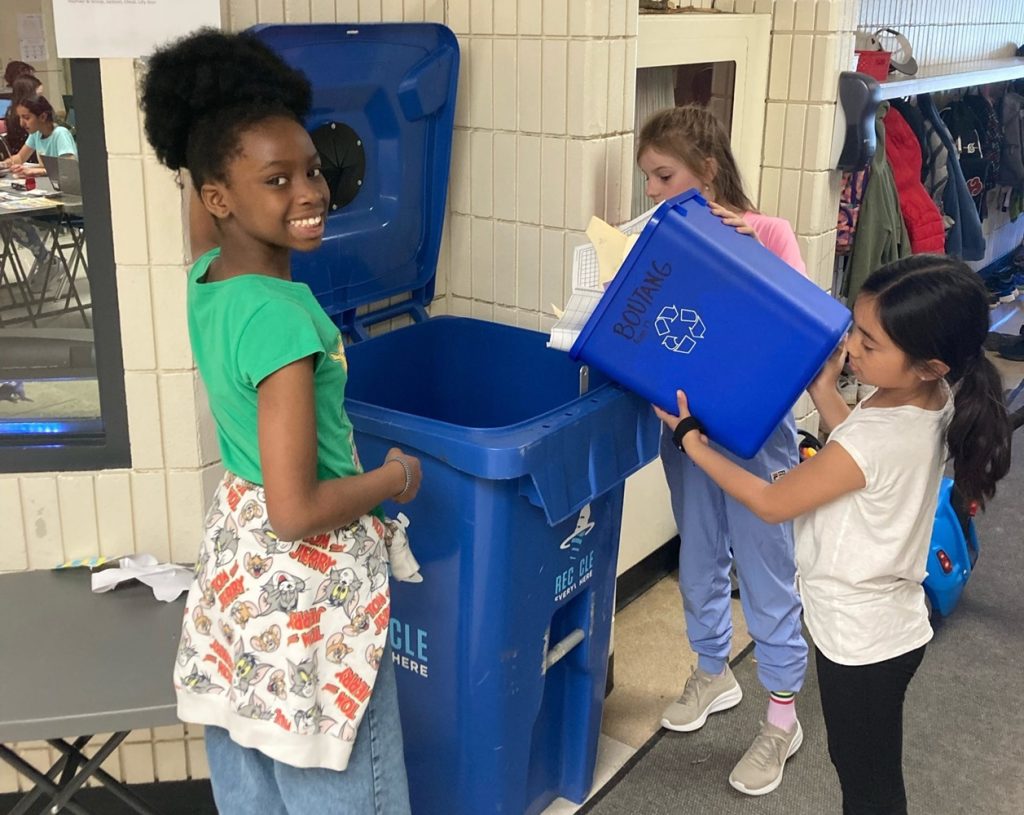
You don’t need a whole team or school to make a difference! Anyone can help keep our animal friends safe. Here’s what we can do:
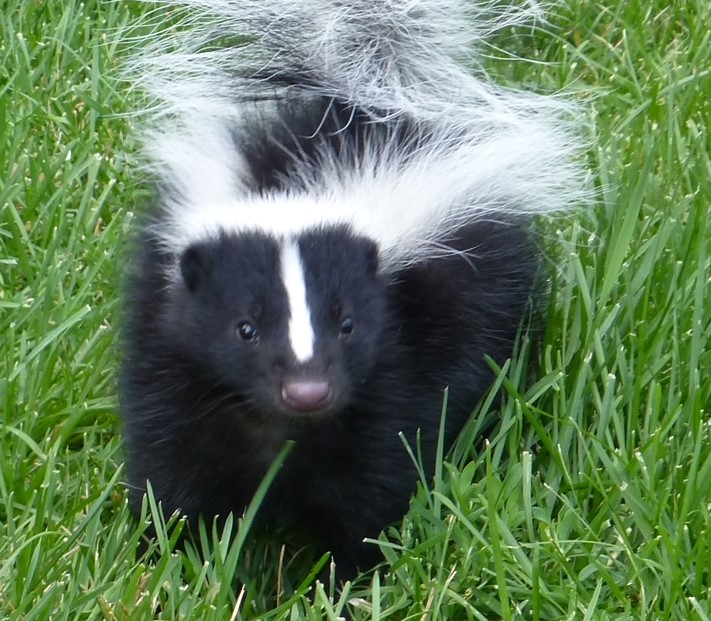
Thank you for being a friend to wildlife, Earth Ranger!
Want to turn your friendship into action? Head to the mission section of the Earth Rangers app and accept the RAWR Mission today!

Farmers across Canada work really hard to grow the food we eat and care for the animals on their farms.

The land farmers work on is so important. They care for it to ensure the soil, water, air, and all living things stay healthy. Farmers use a special method called “regenerative agriculture” to do this. This method is known as a ‘climate-smart’ way of farming because it helps the land (by improving soil health), fights climate change (by absorbing greenhouse gases), and increases biodiversity (which means lots of different plants and animals can live and grow).
You can help make healthy soil right at home. Start a small vegetable or herb garden that nourishes you and the earth!
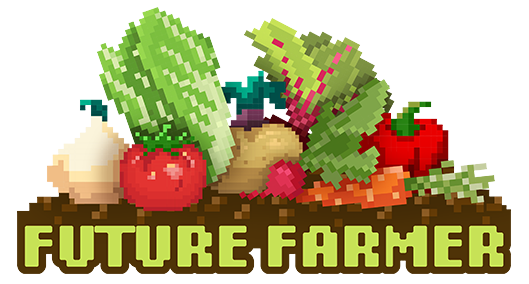
It’s time to get growing!
Join the “Future Farmer” Mission to learn about regenerative agriculture practices and how to start your own garden.
In this Mission, you will explore how regenerative agriculture helps strengthen the soil and all living things on our planet. You’ll then put what you’ve learned into action! Next, you’ll plant your seeds or seedlings and then choose one or more methods to create your very own regenerative garden.

● Learn about regenerative agriculture and how it helps our planet.
● Become a regenerative farmer: get your soil ready, pick your seeds, and choose a regenerative agriculture method. You could cover your soil with mulch, add water, or welcome specific wildlife to your garden.
● Share: Find ways to share what you grow — and what you’ve learned about regenerative agriculture.
● Show us: Open the Mission in the app when you’re done and let us know how you did — don’t forget to share a photo of you completing your Mission!

Ready… set… GROW!

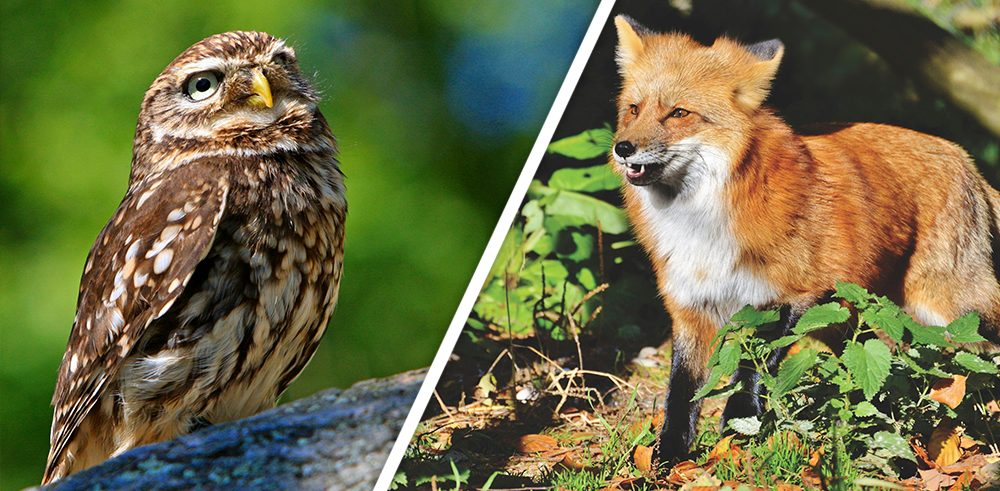
TRIVIA: Owls are considered “wise” due to their large, expressive eyes and calm, thoughtful look, which gives the impression that they are always thinking deeply. On the other hand, foxes are labeled “crafty” because of their clever and cunning nature, often employing smart ways to hunt and escape danger.
Summer might be in full swing, but we’ve got a different holiday on the brain here at Earth Rangers. Our friends at FPAC (The Forest Products Association of Canada) want your help: they’re working on designing this year’s holiday card, and they want to feature YOU front and center! Simply create a piece of art that captures the beauty of trees and forests, then submit it to win one of THREE swag bags full of goodies, plus a chance to have your artwork featured on their Christmas card!
Here’s what you need to know:
1. Your artwork can be a painting, drawing, or you can get creative with forest materials you find on the ground!
2. Make your art earth-friendly! Get creative with old paper scraps as a base for your drawing, or piece together a collage.
3. The more creative your artwork, the better! Take a walk through your favourite forest for inspiration, or think of a special tree that caught your eye. Can you capture that moment on paper?
4. Your submission doesn’t have to be holiday-themed, but if you’re in the spirit, bring it on!
This contest is all about celebrating trees and forests! Whether you’re fun and spunky, sweet to the core, or elegant and classy, there’s a tree out there that matches your personality. Take this quiz and find out which one you are! Depending on what you get, maybe you can draw yourself as your given tree for the contest?
What kind of tree are you? A cedar, maple, aspen, redbud, spruce or oak? Let us know in the comments below!
Don’t forget to celebrate the beauty of forests and trees by entering our Christmas in July contest!
We got tons of great guesses on Part 1 of this Pixel Puzzler and now it’s time for the answer. Are you ready for the great reveal? Find out if you got it right!
The answer to this Pixel Puzzler is (drum roll please) a turtle! How did you do? Tell us in the comments!
